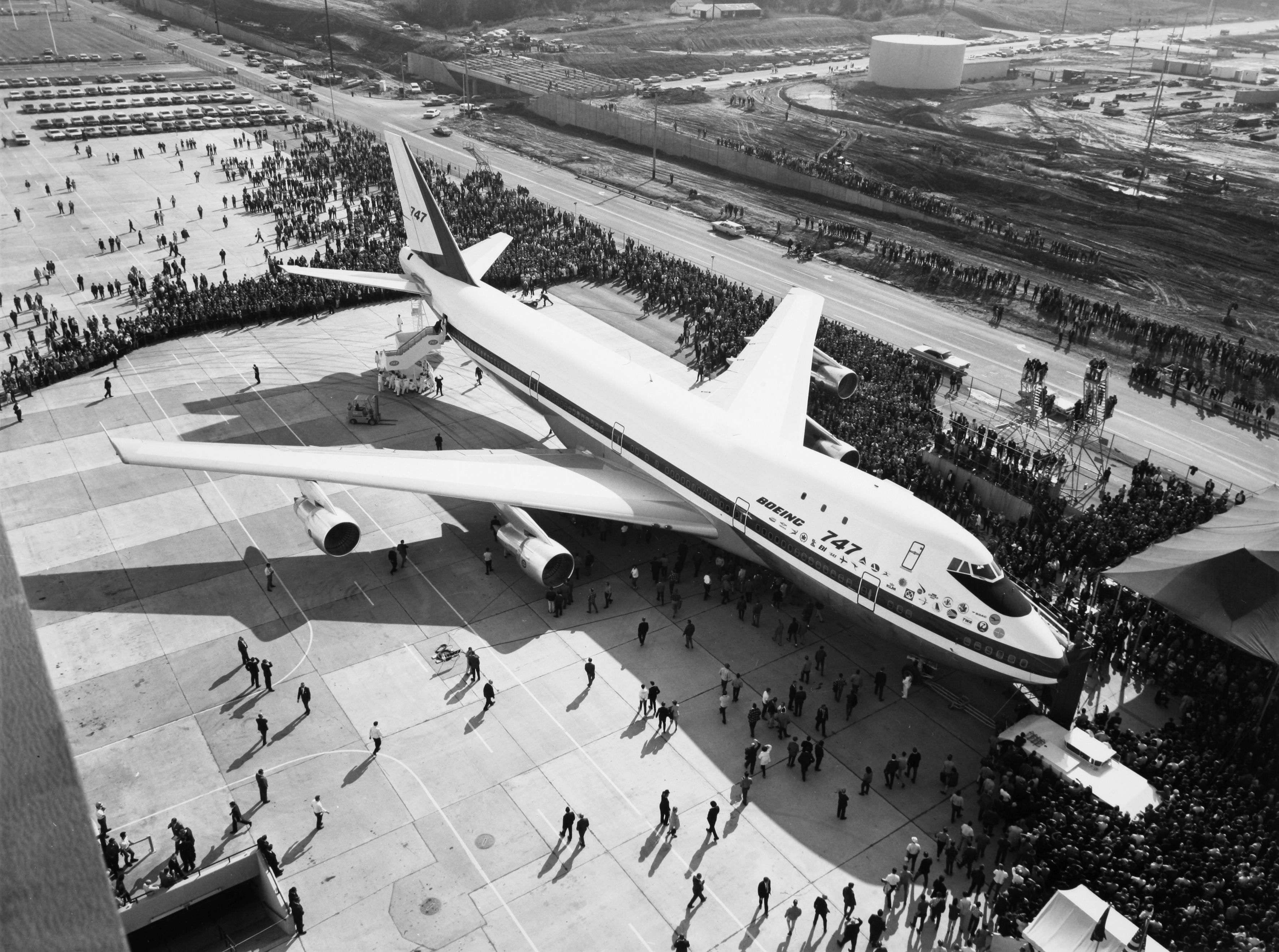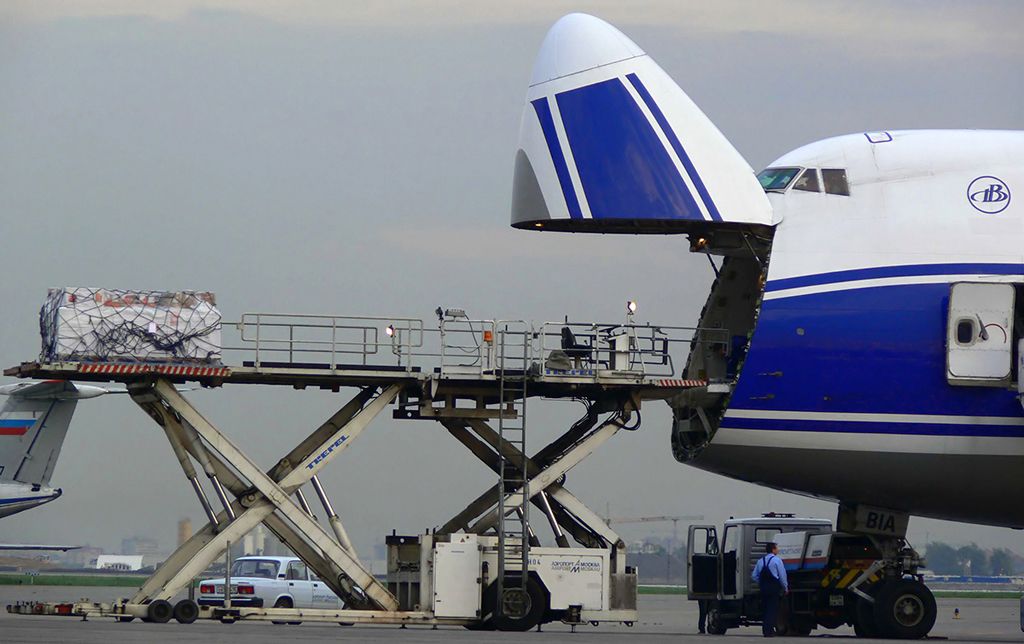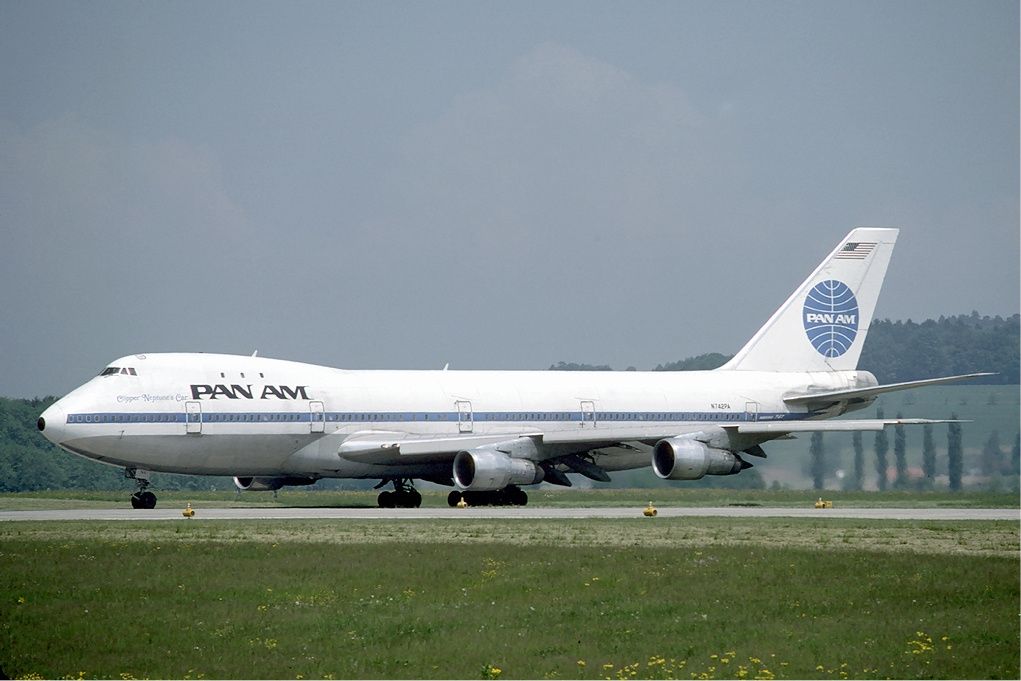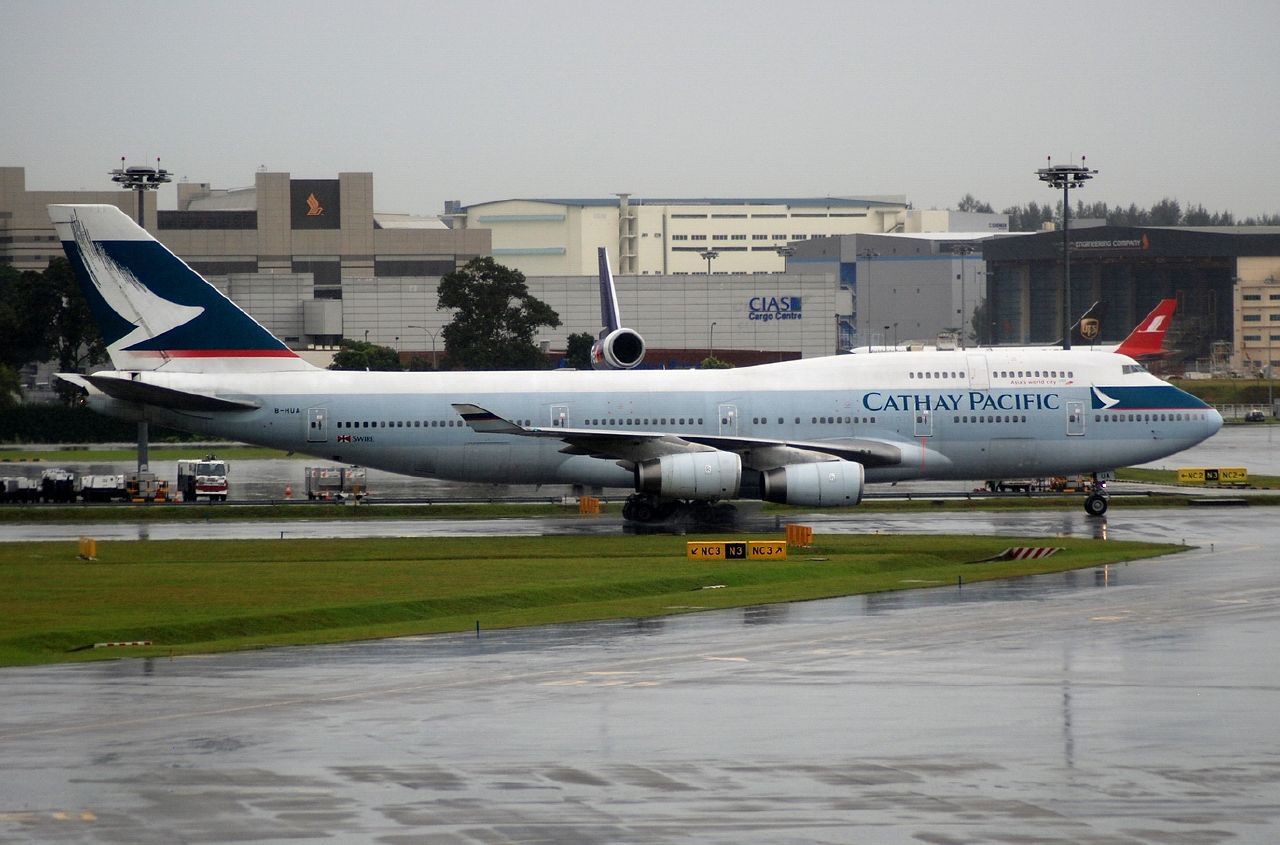This is the story of how the Boeing 747 opened up the world to millions of passengers. After achieving success with the four-jet-engine Boeing 707 in the late 1950s and early 1960s, Pan American World Airways (Pan Am) asked Boeing if it would build a plane that could carry two and a half more passengers. Pan Am founder Juan Trippe noticed how congested airports were becoming due to an increase in flights. Trippe rightly assumed that if he had larger planes that could take twice as many passengers, it would cut down on the number of flights and increase the airline's profit margins.
Following the request, Boeing engineer Joe Sutter stopped working on the Boeing 737 to create the Boeing 747 Jumbo Jet. Sutter realized that a plane this size would not only be able to carry much more passengers but also be ideally suited to carry cargo in a freighter variant. For this reason, the plane had an upper deck where the cockpit would be.
To help load and unload cargo, the cockpit was placed a little further back than normal so that the nose could be opened for easy cargo access. Initially, the space behind the cockpit was going to be a crew rest area, but Trippe was having none of that, insisting that it be made into a cocktail lounge for the airline's premium passengers.
Some airlines were hesitant about buying the Boeing 747
Aircraft manufacturer Pratt & Whitney agreed to work with Boeing on the design by agreeing to develop a high-bypass turbofan engine for the plane. Initially, when told about the new plane, airlines were worried that it would be too big and unable to operate out of some airports. Two major factors in the plane's favor were that it could fly non-stop from the United States to Europe and to destinations in Asia without having to refuel. The tipping point, however, was that if configured in a single class, it could carry four times as many passengers as a Boeing 707.
On September 30, 1968, thousands gathered at Boeing's purpose-built new factory in Everett, Washington, to witness Boeing's radical new design. The plane's maiden flight took place on February 9, 1969, and it was certified ten months later. When the plane entered service with Pan Am on January 22, 1970, it became the world's first twin-aisle airliner.
The 747 opened up the world to millions of passengers
Airlines soon realized that a plane that was only three-quarters full cost the same to operate as a plane with every seat sold. To remedy the situation and to attract more passengers, airlines began discounting the price of some tickets. Nicknamed the "Queen of the Skies," the Boeing 747 opened up the world to people who previously could not afford the price of an expensive long-haul ticket.
While wanting the 747 to be successful, Boeing began to listen to other airlines' requests and built a short version of the plane for some Japanese carriers. The Japanese airlines wanted to use the plane for domestic commuter flights.
In 1986 Hong Kong-based Cathy Pacific was flying some of the longest routes in the world with its 747s pushing the new Boeing 747-200 to its limits. To help remedy this, Boeing engineers designed the Boeing 747-400, an improved version with an increased range allowing the plane to fly non-stop for 7,670 miles.
Over the years, as technology improved, Boeing tweaked the plane, adding new features like more powerful General Electric and Rolls-Royce engines.
The downfall of the Boeing 747
In the end, as engines became more efficient and ETOPS rules were relaxed, the introduction of the Boeing 787 Dreamliner signaled the beginning of the end for the Boeing 747. With its composite wings and fuel-efficient engines, the four-engined Boeing 747 could not compete.
Adding to the demise of the 747 was the COVID-19 pandemic, which helped convince airlines to take their 747s out of service and replace them with new twin-engine widebody planes. With the writing on the cards, in December 2022, the last Boeing 747 rolled off the production line after a run of 54 years. During that time, Boeing built 1,574 747s, making it one of the best-selling aircraft ever.
Get the latest aviation news straight to your inbox: Sign up for our newsletters today.





